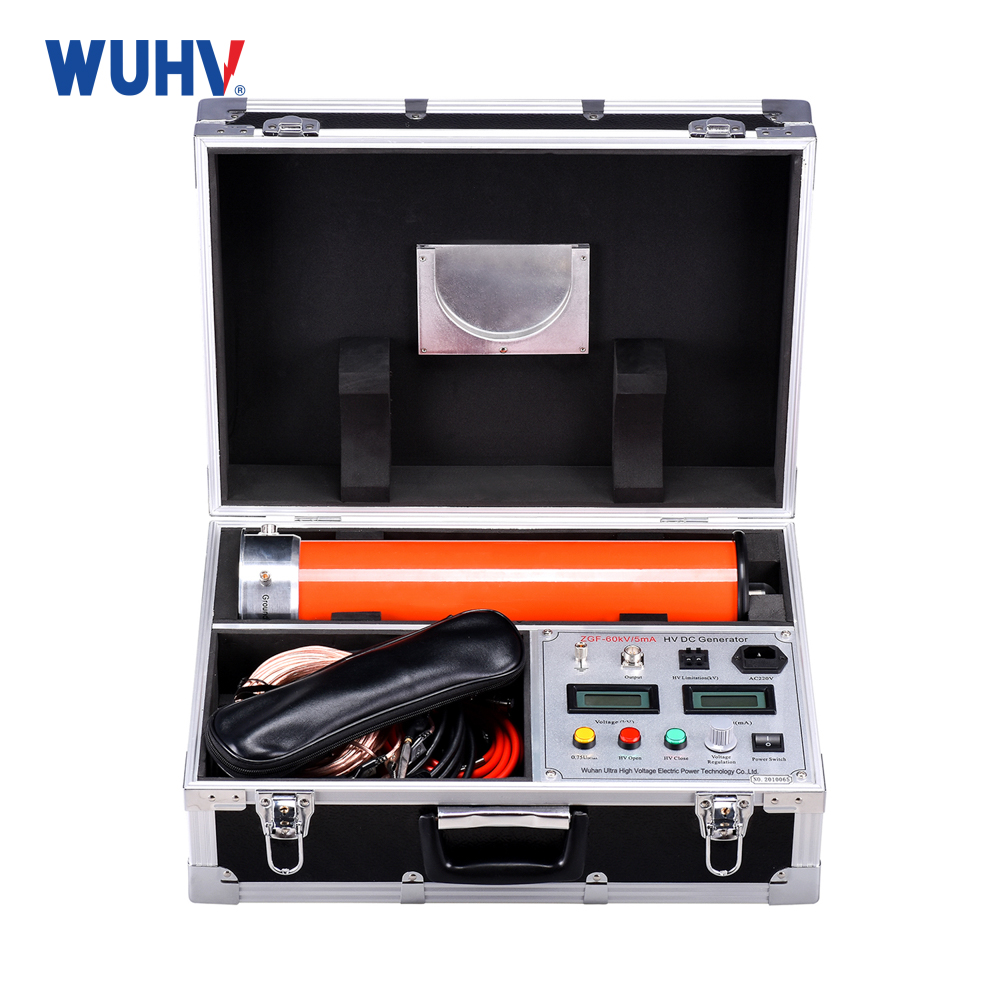The series resonance testing deviceunder UHV power can help many power workers conduct various power tests more conveniently.
The series resonance withstand voltage test devicemeets the requirements of the withstand voltage test regulations for primary electrical equipment in substations of 500kV and below. It can output high voltage and small current while meeting the testing conditions of low voltage and large current. Widely used in industries such as electricity (power supply units, power plants, substations), metallurgy, railways, petroleum, chemical engineering colleges and research institutes
The series resonant device mainly consists of a frequency converter controller, excitation transformer, high-voltage reactor, high-voltage voltage divider, etc. Variable frequency controllers are divided into two categories: consoles with 20kW and above, and suitcases with 20kW and below; It consists of a controller and a filter. The main function of a variable frequency controller is to provide a sine AC frequency with a fixed amplitude of 380V or 200V and a sine wave with adjustable amplitude and frequency. And provide power for the entire device. Excitation transformer is used to increase the output voltage to the appropriate test voltage. The high-voltage reactor L is an important component of the resonant circuit. When the power frequency is equal to 1/(2 π√ LCX), it resonates in series with the measured CX.
How to choose a suitable series resonant device?
To select a suitable series resonant device, please provide the following technical parameters
1. Transformer: Voltage level (such as 10/35/110/220kV); Maximum capacity; Test nature (neutral or fully insulated) single-phase grounding capability;
2. Power cables: voltage level (such as 10/35/110kV, etc.); The longest length; Cross-sectional area;
3. Generator and motor: voltage level (output voltage or operating voltage), test voltage (maximum withstand voltage), single phase to ground capacitance variation range, such as 0.2-0.55uF;
4. GIS: Voltage level (also known as operating voltage); Interval number; Test voltage (maximum withstand voltage);
5. Switches, insulators, PT, CT, insulation tools, busbars: voltage level (or operating voltage); Test voltage (maximum withstand voltage);
6. CVT testing: voltage level (or operating voltage, such as 35/110/220 specifications); Test voltage (maximum withstand voltage) capacitance range (e.g. 0.005-0.02uF).




















